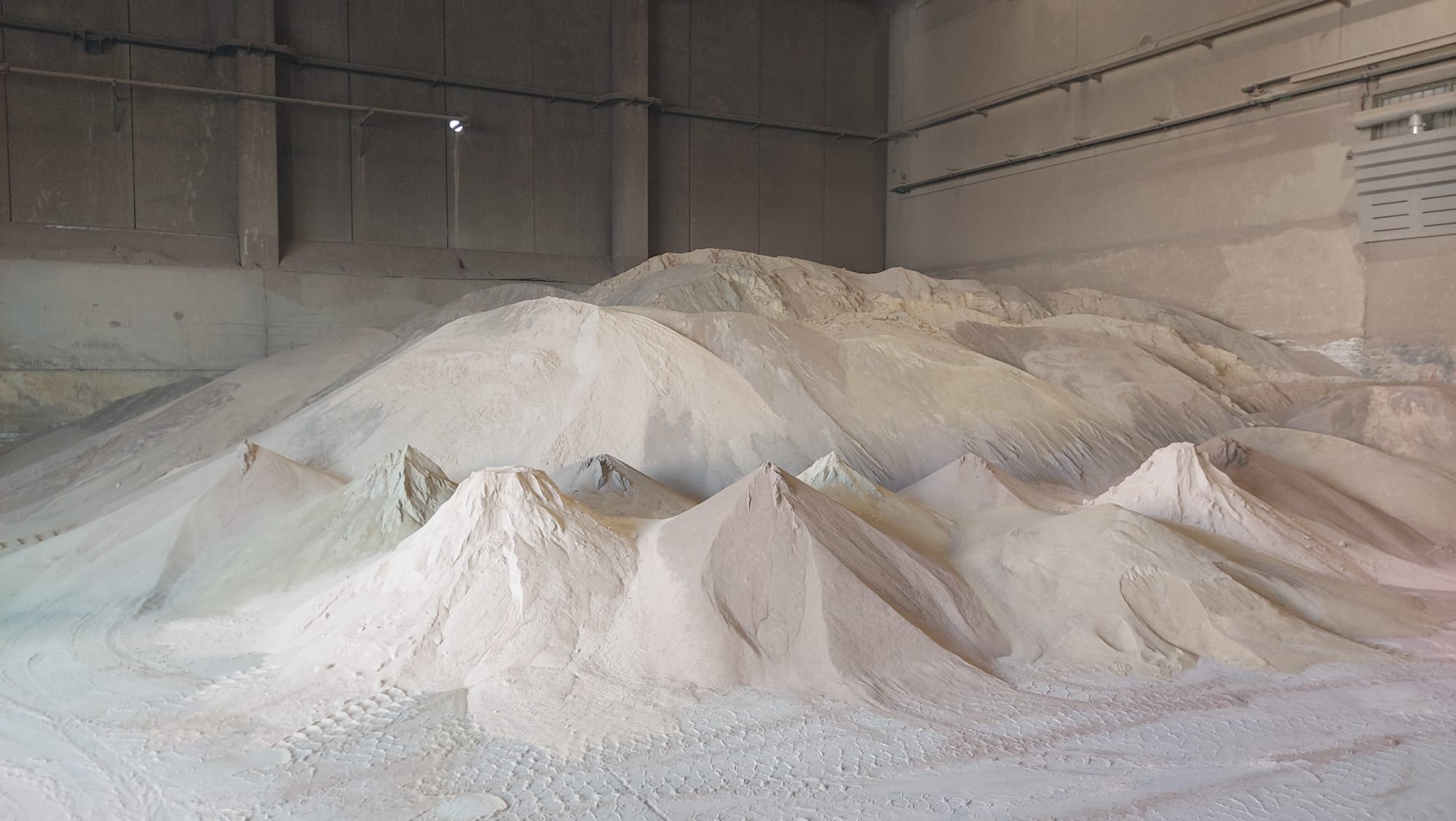
Tartaric acid is an organic compound that exists as a white crystalline solid, odorless and tasteless. It is one of the most common acids found naturally in fruits, especially in grapes, and is used in various industrial, pharmaceutical, and food applications.
Tartaric acid as a food additive and in pharmaceuticals
In the food industry, tartaric acid is often used as an additive in the production of foods and beverages, including wine, soft drinks, candies, and ice cream. It is also used as a leavening agent in the production of baked goods such as cakes and cookies. Additionally, tartaric acid is an important ingredient in the production of shaving creams and hair care products.
In addition to its applications in the food industry, tartaric acid is also used in the pharmaceutical field as a buffering agent to regulate the pH of medicinal solutions. It is also used as a chelating agent for the removal of heavy metals from the blood and as a component in some antioxidant products.
The chemistry of tartaric acid and its antioxidant properties
Tartaric acid has two isomeric forms, known as L-tartaric acid and D-tartaric acid. These two forms have the same chemical properties but differ in their spatial arrangement of atoms. L-tartaric acid is the most common type found in nature, while D-tartaric acid is produced artificially.
Tartaric acid has been widely studied for its chemical and physical properties, as well as its role in biology. It has been shown that tartaric acid has antioxidant properties and can help reduce cellular damage caused by free radicals. Additionally, tartaric acid has been used in X-ray crystallography studies to determine the molecular structure of proteins and other macromolecules.
In summary, tartaric acid is an important organic compound with numerous industrial, food, and pharmaceutical applications.


